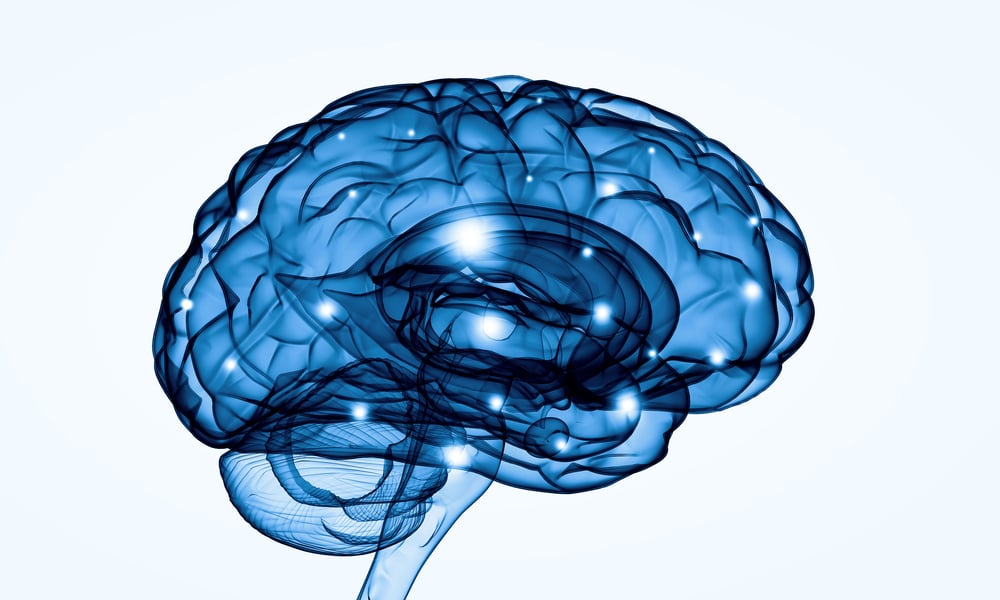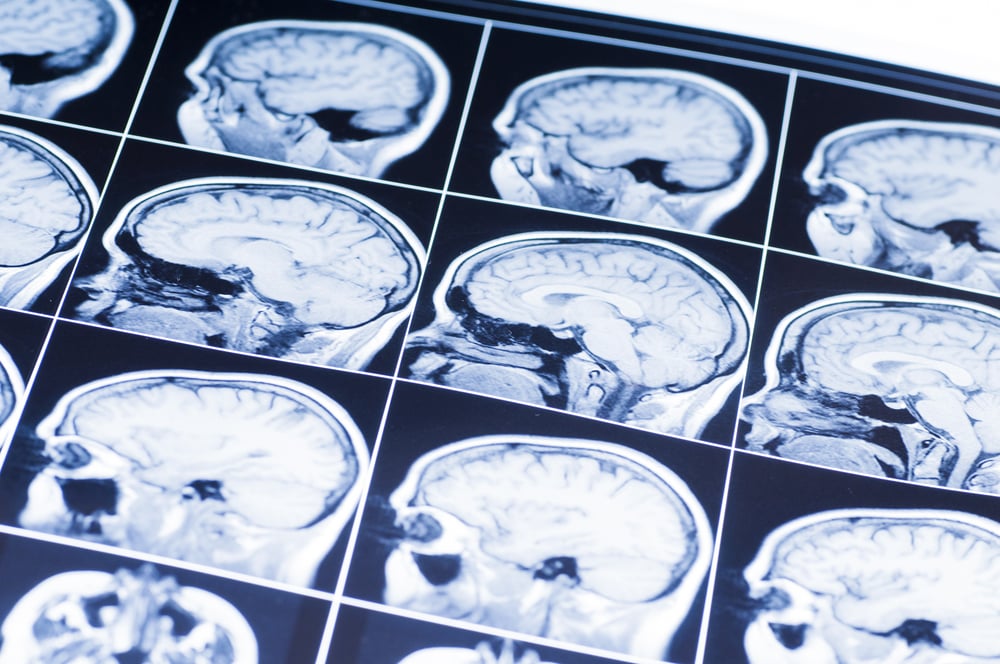How White Matter Helps the Brain's Gray Matter Function

The human brain is an incredibly complex organ that scientists are still trying to fully understand. One of the most important aspects of brain function is the relationship between white matter and gray matter. Gray matter consists of the cells in our brain that control all of our voluntary movements, while white matter is responsible for connecting different parts of the brain and transmitting messages between them. In this blog post, we will explore how white matter helps gray matter function properly!
The human brain is a complex and amazing organ, composed of both gray and white matter. While gray matter consists of neurons that process information, white matter is made up of nerve fibers that connect different regions of the brain. Together, these two types of tissue work together to allow us to think, learn, and remember. One of the key ways that white matter helps the brain function is by providing a highway for information to travel between different regions. This process, known as myelination, speeds up communication between neurons and allows messages to be transmitted more effectively. In addition, white matter also helps to protect gray matter from damage by providing insulation around nerve fibers. As a result, white matter plays an essential role in supporting the brain's gray matter and helping it to function properly.
Figuring Out the White Matter

For years, scientists have known that the brain is made up of two different types of tissue: gray matter and white matter. Gray matter contains the cells that process information, while white matter consists of the nerve fibers that connect different areas of the brain. However, the precise functions of these two types of tissue have been something of a mystery. In recent years, though, researchers have begun to unlock the secrets of the white matter. Using new imaging techniques, they have found that white matter plays a vital role in everything from sensory processing to decision making. As we continue to learn more about the brain, it is becoming increasingly clear that the white matter is essential for our cognitive ability.
In addition to myelination and protecting gray matter, white matter also plays a role in memory formation. Studies have shown that people with higher levels of white matter in the hippocampus, a region of the brain important for memory, tend to have better memories than those with lower levels. This is likely because white matter provides a direct connection between different regions of the hippocampus, allowing information to be transmitted more quickly and efficiently. Additionally, white matter has also been linked to executive function, which refers to our ability to plan and execute complex tasks. Research has shown that people with higher levels of white matter in the prefrontal cortex, the region of the brain responsible for executive function, tend to perform better on tests of cognitive ability.
White Matter and Alzheimer's

Research has shown that there is a link between the health of white matter in the brain and Alzheimer's disease. The brains of people with Alzheimer's tend to have less myelin, the substance that helps to insulate nerve fibers. This loss of myelin disrupts communication between different areas of the brain, which can lead to cognitive decline.
Interestingly, researchers have found that people with Alzheimer's who have more myelin in their brains tend to fare better than those with less myelin. This suggests that myelin may play a protective role against the onset of Alzheimer's symptoms. In addition, recent studies have shown that myelin loss begins in the early stages of Alzheimer's, before any symptoms are present. This finding provides further evidence for the importance of white matter in the development of Alzheimer's disease.
White Matter and Traumatic Brain Injury

Traumatic brain injury (TBI) is a leading cause of death and disability worldwide. The vast majority of TBIs are mild, or concussions, but even these can lead to long-term problems. One type of damage that may occur after a TBI is damage to the white matter of the brain. White matter consists of nerves that transmit signals between different regions of the brain. This type of injury can disrupt communication between different parts of the brain and lead to problems with thinking, memory, and emotion. In some cases, damage to white matter can even result in paralysis. Fortunately, there are treatments available that can help to improve symptoms and quality of life for people with TBI. However, more research is needed to develop better ways to prevent and treat this type of damage.
As we continue to learn more about the brain, it is becoming clear that white matter plays a vital role in our cognitive ability. From sensory processing to decision making, white matter is essential for many of the brain's functions. Additionally, research has shown that the health of white matter in the brain is linked to conditions like Alzheimer's disease and traumatic brain injury. While there is still much to learn about white matter, these findings provide a better understanding of its importance in the brain. With further research, we may be able to develop better ways to prevent and treat damage to this vital tissue.



